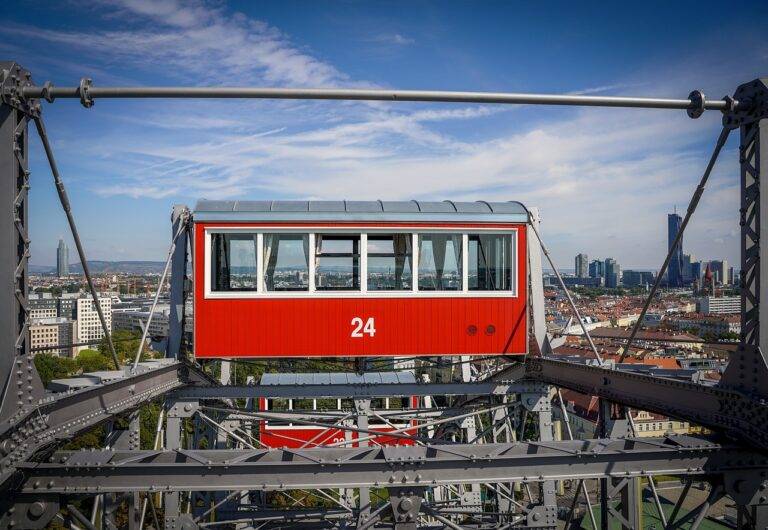Sustainability in Concert Venues: Green Building Practices
Green building practices are essential in promoting sustainability and reducing the environmental impact of construction projects. One key practice involves using materials that are environmentally friendly, such as recycled or locally sourced materials. By incorporating these materials, builders can decrease the carbon footprint of the construction process and minimize waste generation.
Another important green building practice is designing energy-efficient systems, such as using solar panels or energy-efficient appliances. By implementing these systems, buildings can significantly reduce their energy consumption and reliance on nonrenewable energy sources. This not only lowers operating costs but also contributes to the overall environmental conservation efforts.
Benefits of Sustainable Concert Venues
Sustainable concert venues offer numerous advantages that extend beyond just the environmental impact. By incorporating eco-friendly practices, these venues showcase a commitment to sustainability that resonates with both artists and attendees. The use of renewable energy sources, efficient waste management systems, and water conservation measures not only reduce the carbon footprint but also inspire a sense of social responsibility among stakeholders.
Moreover, sustainable concert venues often prioritize the health and well-being of occupants by utilizing non-toxic materials and enhancing indoor air quality. This focus on creating a healthier environment can lead to improved acoustics and overall comfort for performers and audience members alike. Additionally, by promoting sustainable practices, these venues contribute to the broader movement towards a greener future in the entertainment industry.
Innovative Ways to Reduce Energy Consumption
One effective approach to reducing energy consumption is through the implementation of smart lighting systems. By utilizing sensor technology and programmable settings, these systems can automatically adjust lighting levels based on occupancy and natural light conditions. This not only enhances energy efficiency but also creates a more comfortable and sustainable environment.
Another innovative way to decrease energy usage is by incorporating smart thermostats into building HVAC systems. These devices can learn the occupants’ preferences and automatically adjust temperatures to optimize energy usage. By utilizing smart thermostats, buildings can minimize wasted energy and reduce overall energy costs.
– Smart lighting systems can automatically adjust lighting levels based on occupancy and natural light conditions
– Enhances energy efficiency and creates a more comfortable environment
– Incorporating smart thermostats into building HVAC systems can optimize energy usage
– Smart thermostats learn occupants’ preferences to adjust temperatures accordingly
– Minimizes wasted energy and reduces overall energy costs
What are some key green building practices for reducing energy consumption?
Some key green building practices include using energy-efficient appliances, proper insulation, smart thermostats, LED lighting, and solar panels.
What are the benefits of hosting events in sustainable concert venues?
Hosting events in sustainable concert venues can reduce energy consumption, lower operating costs, attract environmentally-conscious audiences, and improve the venue’s reputation.
What are some innovative ways to reduce energy consumption?
Some innovative ways to reduce energy consumption include utilizing geothermal heating and cooling systems, installing green roofs, incorporating daylighting strategies, and implementing energy management systems.
How can individuals contribute to reducing energy consumption in their daily lives?
Individuals can reduce energy consumption by turning off lights and appliances when not in use, using energy-efficient products, carpooling or using public transportation, and supporting businesses that prioritize sustainability.







